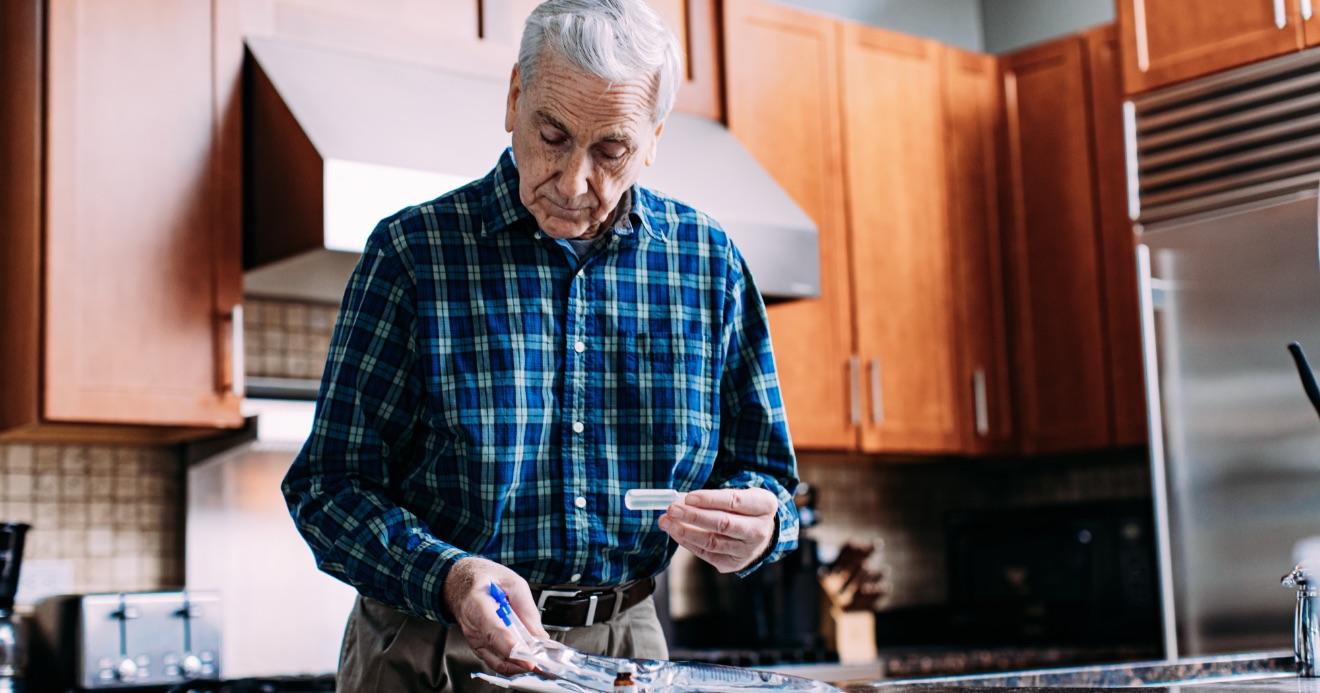Home Parenteral Nutrition
Home parenteral nutrition is a life sustaining therapy for some pediatric and adult patients.
Malnutrition can be a severe consequence of various types of disease. However, not all malnourished patients are hospitalized and not all patients with (or at risk of) malnutrition obtain sufficient nutrition via oral or enteral intake. According to international guidelines, home parenteral nutrition (HPN) should be given to patients who are unable to meet their nutritional requirements via the oral and/or enteral route and who can be safely managed outside of the hospital.1 For hospitalized patients, transitioning to home can be expedited by fast-track cycling thereby accelerating hospital discharge, decreasing healthcare cost, and improving patient satisfaction.2
ESPEN home parenteral nutrition survey: PN Facts
~1100-1300
kcals/day: Average Energy Provision4
~2,000
mL/day: Average Fluid Provision4
~30-50%
Average Use of Ready-to-Use PN4
Home Parenteral Nutrition is a life sustaining therapy1
The goal of HPN includes preventing or treating undernutrition and/or dehydration, helping a patient become fit for surgery, reducing gastrointestinal symptoms like diarrhea or vomiting, reducing abdominal pain caused by oral or enteral feeding and improving the quality of life.3
The use of HPN therapy can be relevant in four different clinical scenarios:
Chronic Intestinal Failure due to benign disease
HPN is the primary life-saving therapy for patients with chronic intestinal failure (CIF) due to benign disease such as short bowel, intestinal fistulas, dysmotility or mechanical occlusion or extensive small bowel mucosa disease.1,5
Chronic Intestinal Failure due to malignant disease
HPN is often used temporarily during curative treatments in patients with CIF due to malignant disease.1
Prevent or treat malnutrition
To prevent or treat malnutrition, HPN can be given to patients with a functioning intestine who decline other types of medical nutrition.1
Supportive care
HPN is a part of supportive care for patients with incurable malignant disease and is provided to avoid death from malnutrition.1
Learn more about Home Parenteral Nutrition

Learn about ESPEN guidelines on HPN for adults and ESPGHAN/ESPEN/ESPR/CSPEN guidelines on HPN for children

